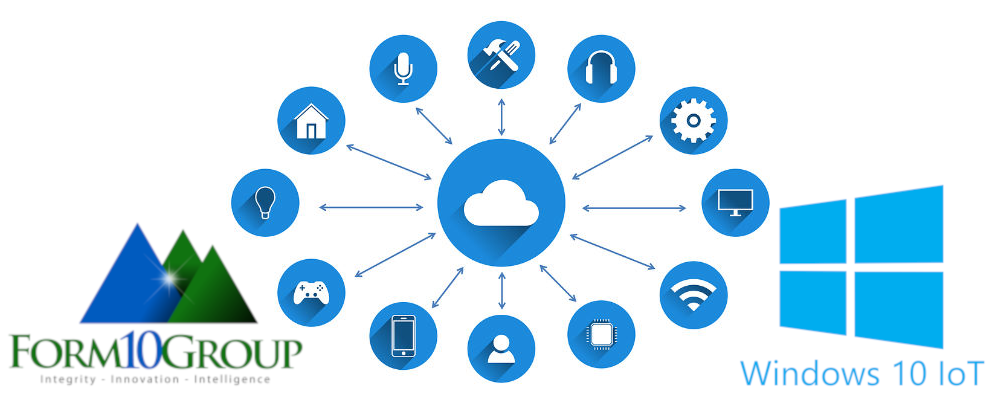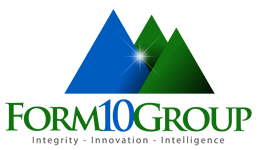
A new buzzword in IT is the Internet of Things (IoT). While there is a broad definition of what IoT devices are, a quick way to understand the category is classifying any device that is on your network that does not have a traditional keyboard and monitor as IoT. Items in the home automation space are adding daily to the IoT. These devices include thermostats, light switches, Amazon and Google devices, security alarms and so many more items.
The operating system (OS) for IoT devices has traditionally been programs like Android, Ubuntu, and Linux. However, Microsoft recently released an IoT version of the Windows 10 platform. There are two segments of the Windows 10 IoT product- Core and Enterprise. The Win10 IoT Core program is for simple devices that will only run a single application. The Core OS is a very stripped down version of Windows 10 with very limited features. The Win10 IoT Enterprise program offers a full function version of Windows 10 that can run multiple applications simultaneously.
Form 10 Group recently did a development project for a customer’s IoT device. We led the OS selection team and decided on the Win10 Enterprise version of the IoT due to several applications needing to run in concert. The benefits of the Windows IoT were very apparent; the customer applications worked correctly with no additional development. The team was also able to use commercial off the shelf (COTS) remote management software to act as a service agent for the wide number of IoT devices. Windows IoT was also more price competitive than the full versions of Windows 10. Currently, Windows 10 IoT is only available directly through original equipment manufacturers (OEMs) for install on your IoT devices. However, there are several test versions available through Microsoft’s developer site.
Your development project needs can be serviced by Form 10 Group. We can help with the selection of IoT devices, such as Windows 10 IoT, as well as remote management software.
Written by Michael Banks, Managing Director





Recent Comments